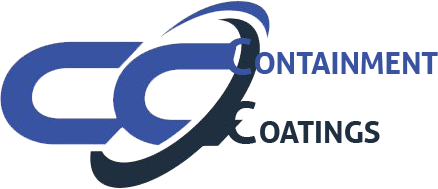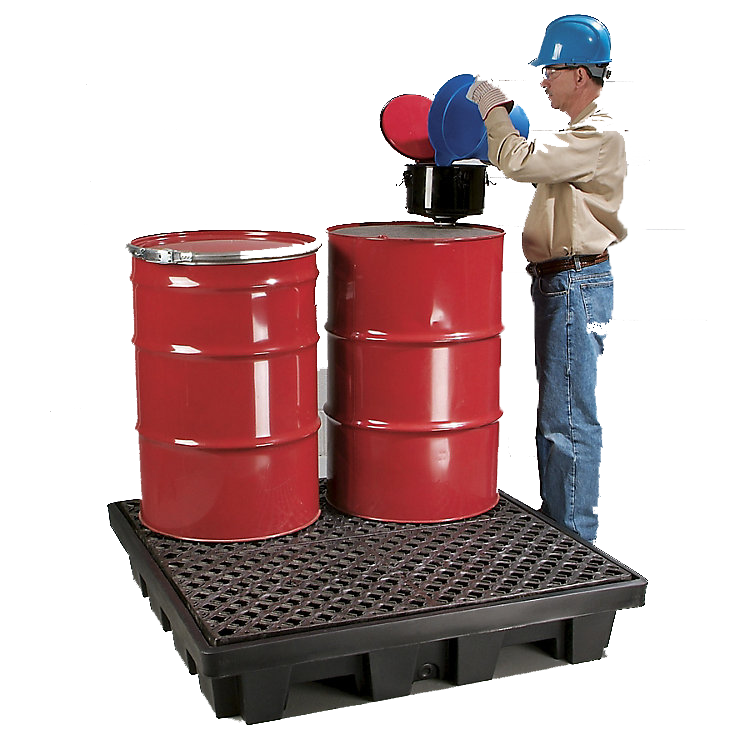Polyurethane & Polyurea Coatings for Secondary Containment Coatings
Are you searching for a reliable and durable secondary containment coating that will stand the test of time? Look no further – polyurethane and polyurea coatings could be the ideal solution! With superior corrosion protection, chemical resistance, superior durability, and long-term performance, these two types of coatings serve as an invaluable asset for industrial businesses requiring secondary containment solutions. Let's explore why these coatings make such great options for protecting your assets.
Overview of Polyurethane and Polyurea Coatings for Secondary Containment Solutions
When it comes to secondary containment solutions, polyurethane and polyurea coatings have become popular options in recent years. These coatings are highly versatile and can be applied to a variety of surfaces, including concrete, metal, and even wood. Not only do they offer excellent chemical resistance, but they also provide a durable barrier against abrasion and impact damage. One of the great things about polyurethane and polyurea coatings is that they can be customized to meet the specific needs of a facility. Whether you need a coating that can withstand a certain type of chemical or one that can handle extreme temperatures, there is likely a polyurethane or polyurea coating that is right for you. Overall, these coatings provide an effective and reliable solution for protecting against spills and leaks in secondary containment systems.Different Types of Polyurethane and Polyurea Coatings
Polyurethane and polyurea coatings have become increasingly popular in recent years as superior options for protective coatings in various applications. Polyurethane coatings are known for their high resistance to abrasion, chemicals, and UV rays. They are ideal for use in exterior construction projects, automotive applications, and marine coatings. On the other hand, polyurea coatings are known for their fast-cure nature and high durability, which make them great options for flooring, waterproofing, and harsh chemical storage applications. Both polyurethane and polyurea coatings offer a range of unique advantages that make them suitable for different settings. It's important to choose the right type of coating based on the intended use and environment. With the proper selection, these coatings can provide long-lasting protection and enhance the durability of surfaces.
Benefits of Using Polyurethane and Polyurea Coatings for Secondary Containment Solutions
When it comes to secondary containment solutions, it is essential to choose the right coating material, and polyurethane and polyurea coatings are an excellent choice. These high-performance coatings offer a range of benefits that make them stand out from other options. One of the most significant advantages of polyurethane and polyurea coatings is their exceptional resistance to chemical and environmental damage. They can withstand exposure to various substances, including acids, alkalis, solvents, and fuels, without losing their integrity. Additionally, polyurethane and polyurea coatings are seamless, providing an impenetrable barrier to protect your storage tanks, pipes, and other equipment from spills and leaks. Not only do these coatings ensure a safer working environment, but they also make it easier to comply with environmental regulations. Overall, polyurethane and polyurea coatings are an excellent investment for any facility where secondary containment solutions are needed.
How to Prepare a Surface for Installation
If you're planning on installing something new, like a fresh coat of paint or a new backsplash, it's important to thoroughly prepare the surface beforehand. This will ensure that the finished product looks polished and professional, and will give you the best chance at long-lasting results. The process for preparing a surface will vary depending on what you're installing and the material of the existing surface, but some effective methods include cleaning with soap and water, sanding to create a rough surface for paint or adhesive to stick to, and using specialty primers to seal porous surfaces like concrete or brick. Taking the time to properly prepare your surface will pay off in the end, so don't skip this important step!
Inspection & Maintenance Strategies for Long-Term Value
Maintaining a property is crucial to ensure its longevity and retain its value over time. Inspection and maintenance strategies are key components that every property owner should consider to achieve long-term value. These measures may include regular inspections of the property's structure, foundation, and systems, as well as preventive maintenance practices to prevent major issues from occurring. A well-maintained property not only avoids costly repairs but also provides peace of mind to the owner knowing that the property is secure and will continue to increase in value. By implementing an effective inspection and maintenance plan, property owners can maximize their investments and enjoy their properties for years to come.
Cost Comparisons between Alternative Materials vs Polyurethane & Polyurea Coatings
When it comes to materials for coatings, the options can seem endless. It can be overwhelming to determine which options are the most cost-effective for your budget and project needs, especially when comparing alternative materials against polyurethane and polyurea coatings. However, taking the time to research and compare the costs of each option could save you a significant amount of money without sacrificing quality. By analyzing factors like durability, longevity, and maintenance, you can make an informed decision on the best coating material for your project and avoid unnecessary expenses in the long run.
In conclusion, Polyurethane and Polyurea are highly versatile coating products that are suitable for a wide range of secondary containment solutions. They are durable, heavy-duty coating alternatives that provide superior protection from moisture, leaks, chemicals, and corrosion. Moreover, they are much more cost-efficient than traditional materials such as concrete or fiberglass and can be quickly applied with minimal downtime. Proper surface preparation is essential to ensure optimal adhesion and longevity over time. Maintenance strategies should also be regularly employed for maximum long-term value. Ultimately, choosing the right secondary containment solution is an important process that requires careful consideration – polyurethane and polyurea coatings may just be the answer you’ve been looking for!















